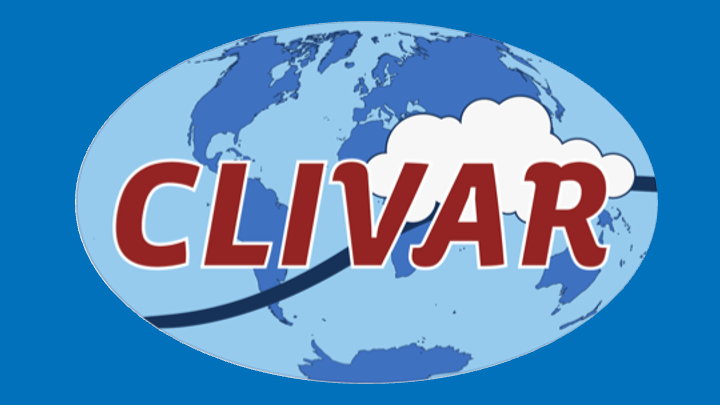Speaker
Description
Since 2014 the OSNAP array has provided monthly estimates of the subpolar AMOC strength, structure and associated heat and fresh-water fluxes. A specific objective from the outset was to determine from the observations “the configuration of an optimally efficient long-term AMOC monitoring system in the North Atlantic subpolar gyre”. OSNAP is a huge international programme of 29 Principal Investigators from 14 institutes. Observations are made on over 60 heavily instrumented moorings, including glider measurements at the eastern boundary. Biennial moorings cruises also contribute trans-basin hydrography and biogeochemistry measurements. We aim to test a radical reduction in observing effort to ~12 moorings and demonstrate that this new array is sufficient for long-term monitoring. We use the German mooring array at the western boundary measuring the transport of upper water and the Deep Western Boundary Current out of the Labrador Sea. In the east we use the UK moorings from the Iceland basin to Scotland, measuring the warm water path of the North Atlantic Current. We will compare results from this line directly to OSNAP in observations and models. The western boundary array data began in 1996 and monitoring of the eastern boundary began in 1974 with 71 hydrographic sections completed to the beginning of the OSNAP array in 2014. We therefore plan to extend the overturning timeseries back to 2004 (and possibly earlier) matching the RAPID array which began in 2014. Looking forward to new observing techniques, in 2022 we deployed FETCH AZA zero drift bottom pressure recorders at the western and eastern boundaries and are planning for 2024 further deployments in the Iceland Basin.
| Topic | Observational priorities – what should we measure? |
|---|

